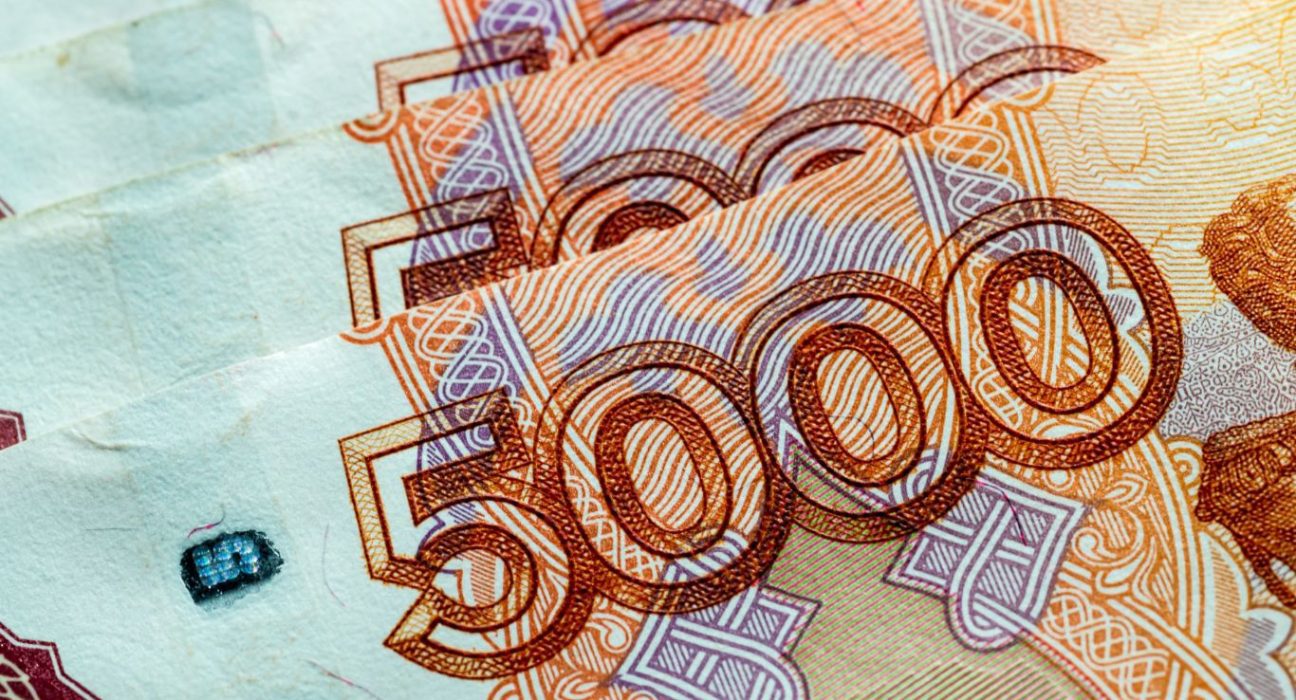The Russian rouble witnessed a significant depreciation against the US dollar, declining by 1.8% to reach a value of 89.15 by 1156 GMT. This marks the rouble’s weakest point since March 29, 2022, when it traded at 89.3275. The sudden and substantial devaluation of the rouble has raised concerns among market observers and has implications for the Russian economy as a whole.
Reasons behind the Rouble’s Weakening
Multiple factors have contributed to the recent depreciation of the Russian rouble against the US dollar. One primary driver is the overall strength of the dollar in the global currency market. The dollar has been gaining ground due to positive economic indicators in the United States, including robust employment figures and a potential interest rate hike by the Federal Reserve. As a result, investors have sought refuge in the dollar, causing other currencies, including the rouble, to weaken.
Impact on the Russian Economy
The weakening of the rouble against the dollar carries various implications for the Russian economy. One immediate consequence is the increased cost of imports for Russian businesses and consumers. With a weaker currency, imported goods become more expensive, leading to inflationary pressures. This could potentially affect the overall purchasing power of Russian consumers and place additional strain on businesses that rely heavily on imported raw materials or finished goods.
Tourism and Travel Industry Challenges
The depreciation of the rouble also has an impact on the tourism and travel industry within Russia. A weaker currency makes traveling abroad more expensive for Russian tourists, discouraging international travel and potentially leading to a decline in tourism revenue. Conversely, a weaker rouble can attract foreign tourists seeking cost-effective destinations, which may offer some support to the domestic tourism sector.
Effects on Export Competitiveness
While the weakening rouble poses challenges, it can also benefit Russian exporters. A depreciated currency makes exported goods relatively cheaper for foreign buyers, potentially boosting demand for Russian products in international markets. This could provide a competitive advantage for Russian exporters, particularly in industries such as energy, commodities, and manufacturing. However, it is essential to consider potential counter-effects, such as increased production costs due to imported raw materials becoming more expensive.
Central Bank Intervention and Monetary Policy
In response to the rouble’s depreciation, the Central Bank of Russia may consider intervening in the foreign exchange market. Central bank intervention involves purchasing domestic currency or selling foreign currency reserves to stabilize the exchange rate. By doing so, the Central Bank can mitigate excessive volatility and prevent further depreciation of the rouble. Additionally, the Central Bank may adjust its monetary policy by raising interest rates to support the currency and attract foreign investment.
Geopolitical Factors and Investor Sentiment
Geopolitical factors can significantly influence investor sentiment and currency valuations. The imposition of economic sanctions by Western countries on Russia, geopolitical tensions, and uncertainties surrounding international trade agreements can all impact the exchange rate. Negative sentiment and perceived risks associated with the Russian economy can lead to capital outflows, putting further downward pressure on the rouble.
Outlook for the Rouble
The future trajectory of the rouble will depend on a range of factors, including the strength of the dollar, global economic conditions, geopolitical developments, and the actions of the Central Bank of Russia. Market analysts will closely monitor these variables to assess the likelihood of a continued weakening or a potential recovery of the rouble. Additionally, economic policies implemented by the Russian government, such as fiscal stimulus measures or structural reforms, can also influence the currency’s performance.
Conclusion
The recent 1.8% decline in the value of the Russian rouble against the US dollar has raised concerns about the stability of the currency and its impact on the Russian economy. The reasons behind this depreciation range from the overall strength of the dollar to geopolitical factors and investor sentiment. While the weaker rouble poses challenges for importers and travelers, it can benefit exporters and support the domestic tourism industry. The Central Bank of Russia’s intervention and monetary policy adjustments will play a crucial role in stabilizing the exchange rate. Going forward, various economic and geopolitical factors will determine the future trajectory of the rouble and its implications for Russia’s economic landscape.










